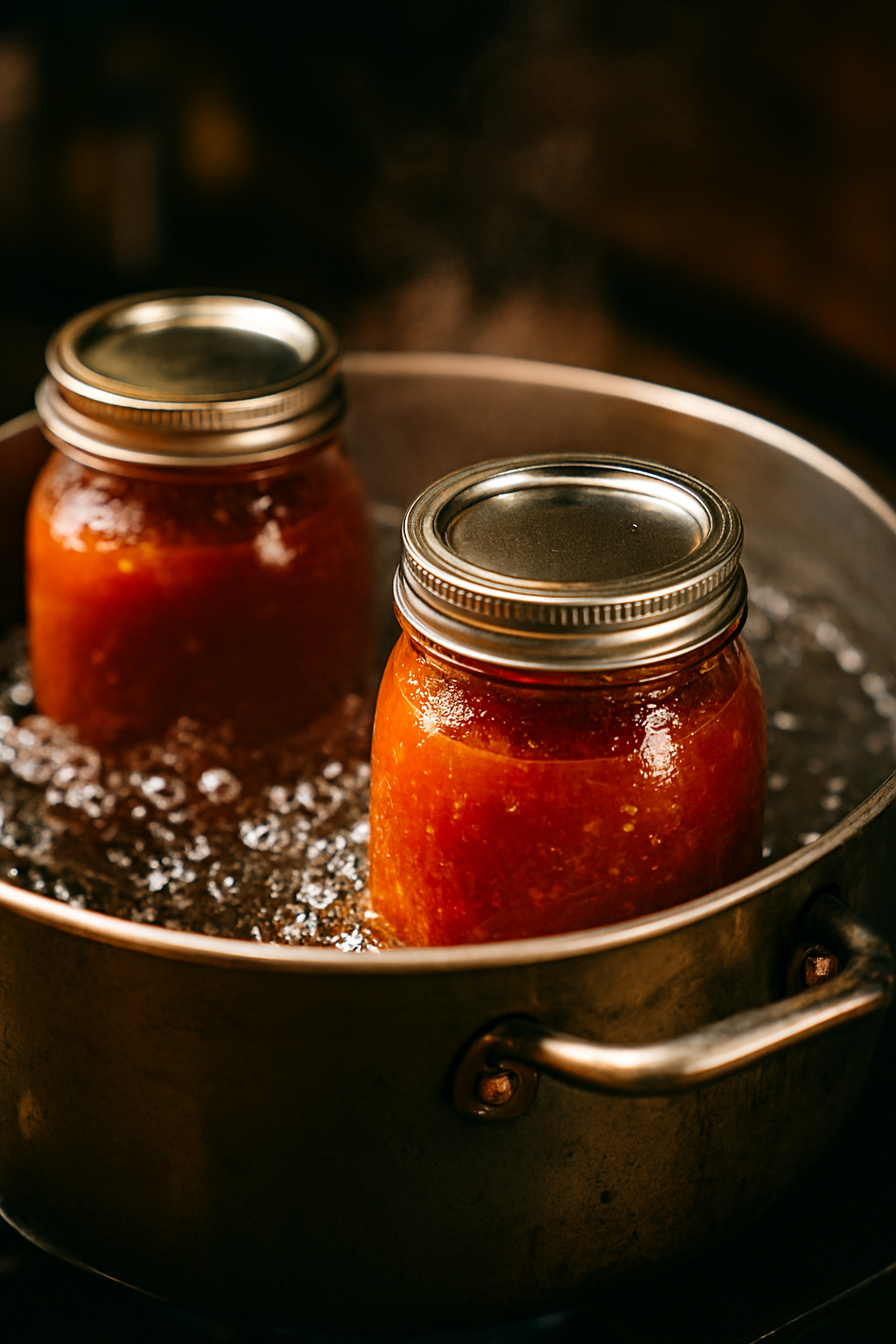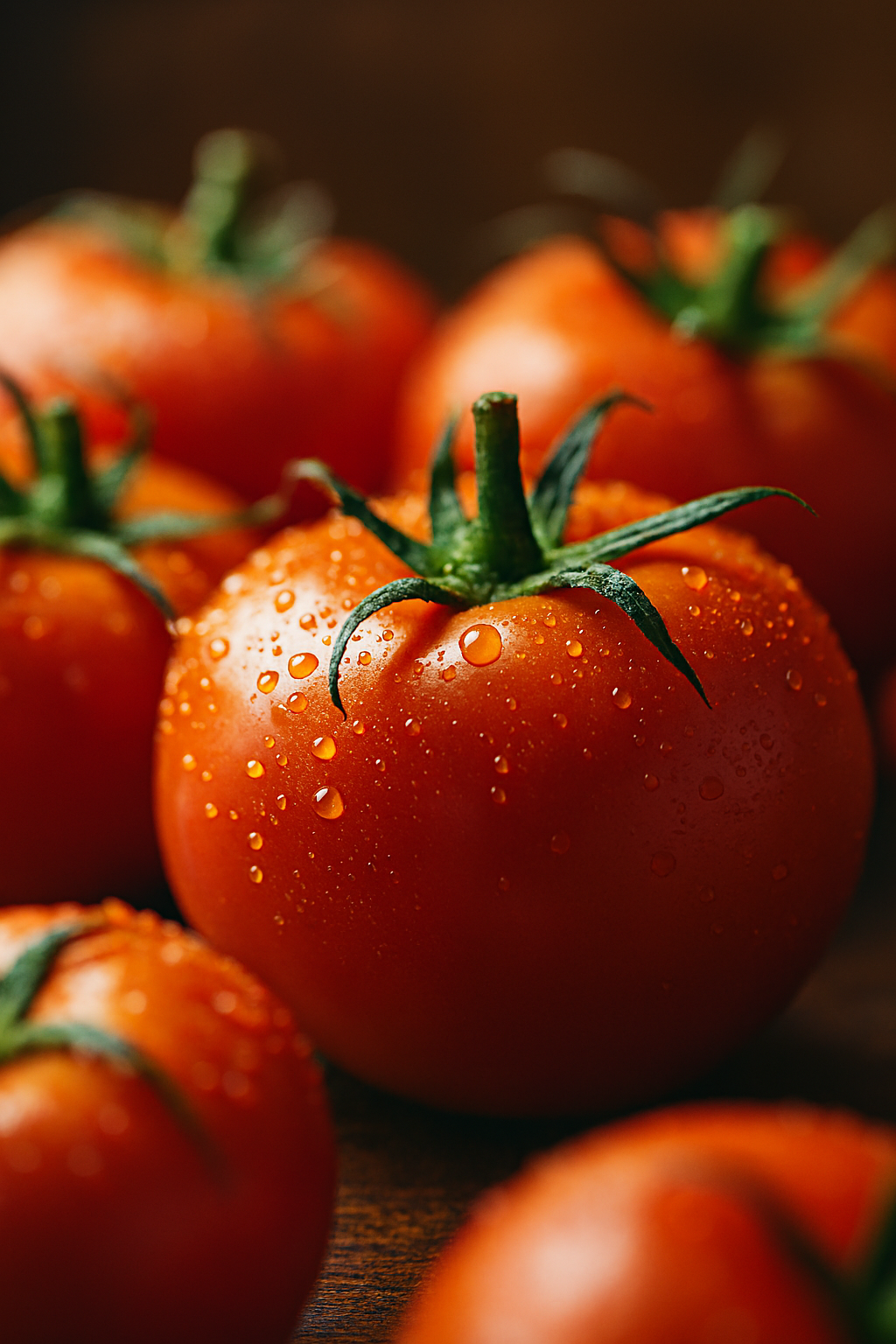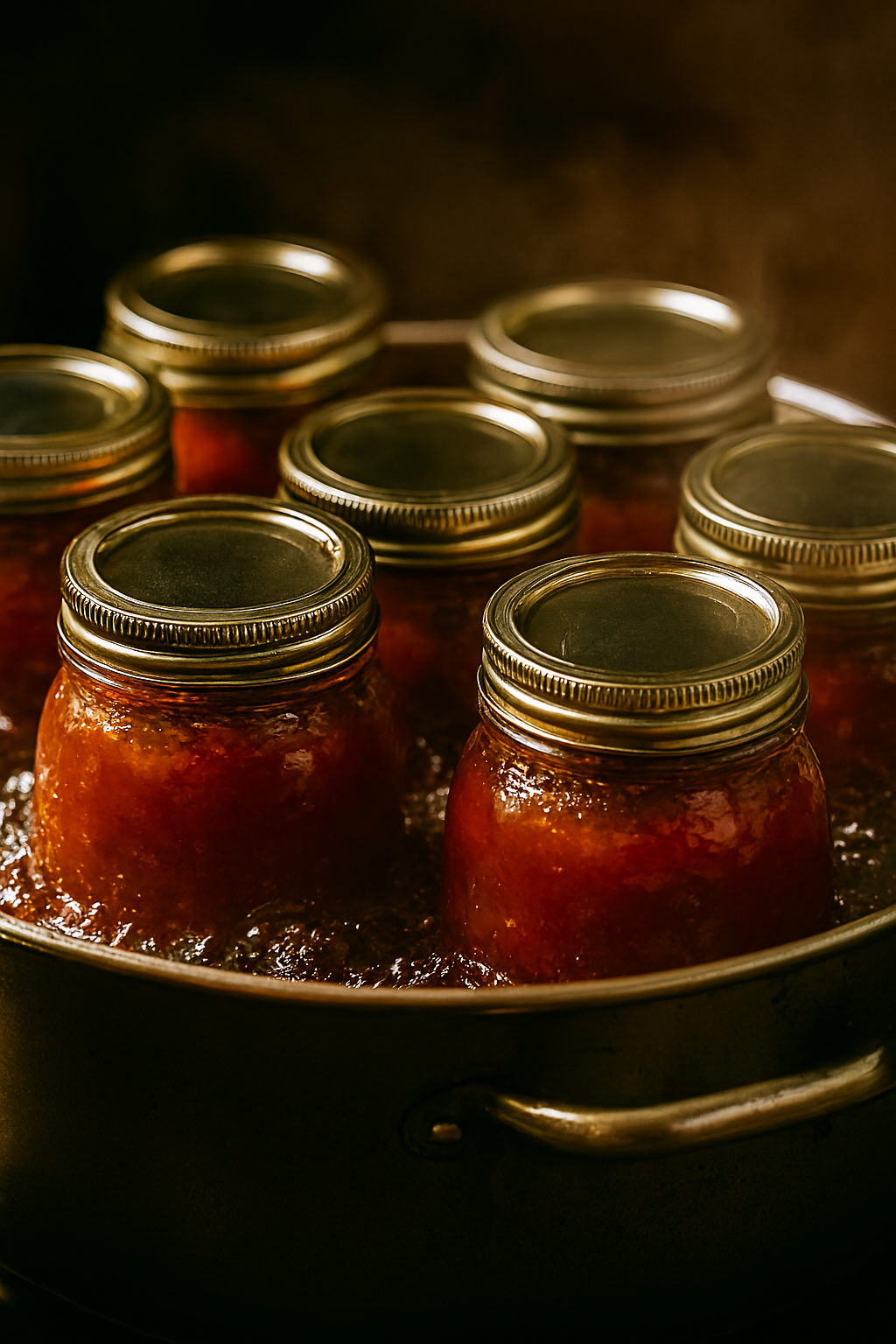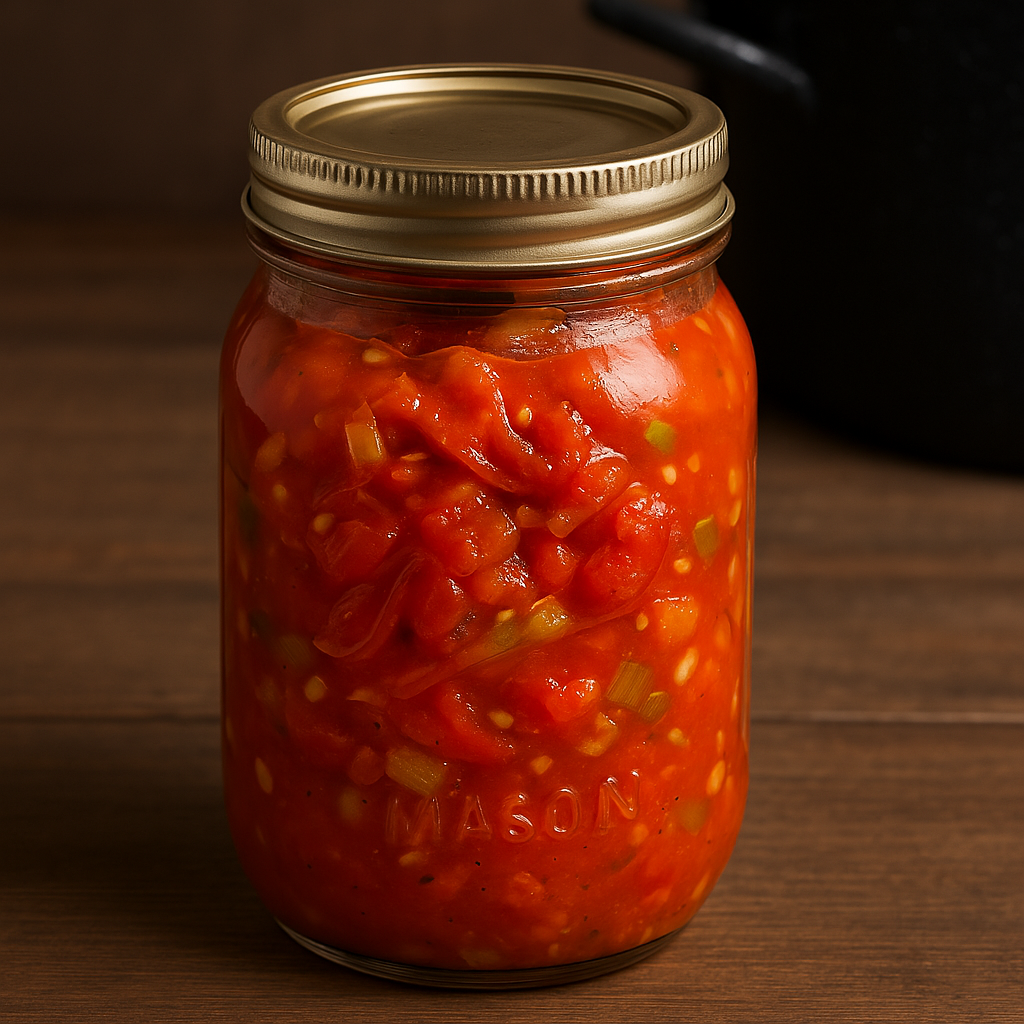Tomatoes are the essence of summer—bright, juicy, and bursting with flavor. Preserving them through water bathing is a time-honored way to keep that sunshine on your shelf.
Whether you’re working with whole tomatoes, crushed ones, or rich tomato sauce, knowing how long to water bath them is key to safety and taste. This guide walks you through the process, timing, and essential tips to get it just right.
How Long to Water Bath Tomatoes
Table of Contents

The time you need to water-bath tomatoes depends on how you’ve prepared them and the size of your jars. Whole or halved tomatoes typically require about 40 minutes in pint-sized jars and 45 minutes in quart-sized ones.
Crushed tomatoes need slightly less time—around 35 minutes for pints and 45 minutes for quarts. Tomato sauce usually falls within the same range, with pints needing 35 to 40 minutes and quarts requiring 40 to 45 minutes.
If you live at a higher elevation (above 1,000 feet), you’ll need to increase the water bath time by 5 to 10 minutes to ensure proper preservation.
This adjustment is crucial because water boils at a lower temperature at higher altitudes, which can affect the safety of your preserved tomatoes. Always check an altitude adjustment chart to be sure you’re processing your jars long enough.
Why You Must Add Acid

Tomatoes are naturally borderline in acidity, which means they need a little help to stay safe during preservation.
To prevent the risk of botulism—a rare but serious illness—you must add acid to each jar. Use bottled lemon juice or citric acid—never fresh lemon juice, which can vary in acidity and may not be strong enough to ensure safety.
For pint jars, add 1 tablespoon of bottled lemon juice or ¼ teaspoon of citric acid. For quart jars, double that – 2 tablespoons of lemon juice or ½ teaspoon of citric acid.
This step is non-negotiable, even if your tomatoes taste tangy. The acidification ensures the pH level is low enough to prevent harmful bacteria from growing during storage.
Step-by-Step Water Bathing Process of Tomatoes

Start by selecting ripe, blemish-free tomatoes. Wash them thoroughly, remove the cores, and peel them if you prefer. You can leave them whole, halve them, crush them, or cook them into sauce depending on your preference.
The method you choose will affect the texture and flavor of your final product, so consider how you plan to use the tomatoes later—whether in soups, stews, pasta sauces, or pizza bases.
Next, prepare your jars and keep them hot until you’re ready to fill. This helps prevent thermal shock when the hot jars are placed into boiling water.
Add the required acid to each jar before packing in the tomatoes. If you like, you can also add salt—about ½ teaspoon per pint or 1 teaspoon per quart—for flavor. Salt is optional and doesn’t affect safety, but it can enhance taste.
Pack the tomatoes into the jars, leaving about ½ inch of headspace. This space allows for expansion during processing and helps ensure a proper seal.
Use a spatula or bubble remover tool to release any trapped air. Wipe the rims clean with a damp cloth to remove any residue that could interfere with sealing. Place the lids on, and screw the bands on until they’re fingertip-tight—not too loose, not too tight.
Submerge the jars in a boiling water bath, ensuring the water covers them by at least 1 inch. Cover the pot and process the jars for the recommended time based on tomato type, jar size, and altitude. Once done, carefully remove the jars using a jar lifter and let them cool undisturbed for 12 to 24 hours.
During this time, the lids will seal with a satisfying “pop.” Check the seals by pressing the center of each lid—if it doesn’t flex, the seal is good.
Label the jars with the date and contents, then store them in a cool, dark place. Properly processed and sealed jars can last up to a year or more, giving you a steady supply of tomatoes for cooking and snacking.
Tips for Success

• Always use bottled lemon juice or citric acid—never vinegar or fresh lemon juice.
• Don’t skip the acid step, even if your tomatoes taste naturally acidic.
• Adjust your water bath time for altitude to ensure safety.
• Use tomatoes that are ripe but not overripe, and avoid any with signs of spoilage.
• Never reuse lids, as they may not seal properly a second time.
• Keep your jars hot before filling to prevent cracking.
• Use a timer to track your processing time accurately—don’t guess!
Why It’s Worth It
Water-bathing tomatoes is more than just a preservation method—it’s a way to capture the essence of summer and enjoy it all year long. With just a few simple ingredients and a bit of time, you’ll have jars of rich, flavorful tomatoes ready to elevate your winter meals.
Plus, it’s economical, reduces food waste, and gives you full control over what goes into your pantry.
There’s also a deep satisfaction in seeing rows of gleaming jars lined up on your shelves, each one a testament to your effort and care.
Whether you’re preserving tomatoes from your own garden or making the most of a farmer’s market haul, water bathing is a skill that connects you to generations of home cooks who’ve done the same.
Leave a Reply